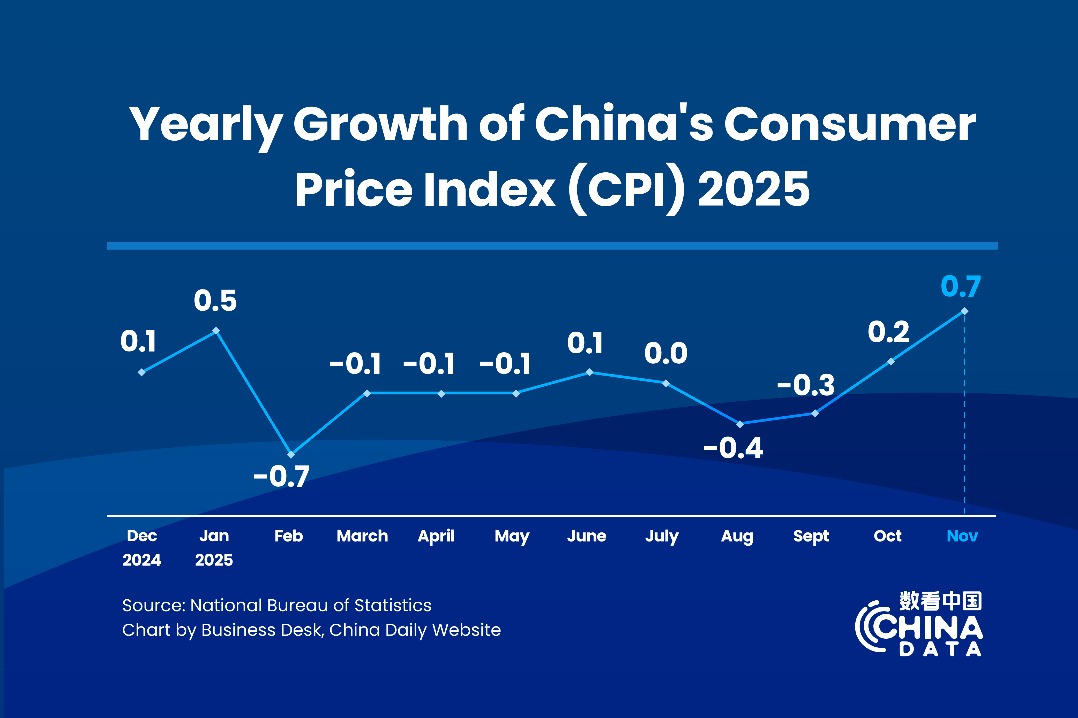Sinopec charging ahead in green hydrogen expansion


China Petrochemical Corp has vowed to further step up its green hydrogen production capacity, in a bid to tap its substantial market potential and help facilitate China's carbon peak and neutrality goals.
The company, which recently set up its first hydrogen refueling station in the Inner Mongolia autonomous region, said the refueling services will be further applied to garbage disposal, cold-chain logistics and express delivery vehicles soon. The station is currently capable of providing 300 kilograms of hydrogen daily for hydrogen fuel cell buses in Wuhai, Inner Mongolia.
The hydrogen refueling operations are expected to further speed up the construction of a safe, stable and efficient hydrogen energy supply network in the country and help in the construction of large-scale hydrogen refueling stations in the future, the oil giant, also known as Sinopec, said.
The project is part of China's broader goal to produce 100,000 to 200,000 metric tons of green hydrogen annually, along with around 50,000 hydrogen-fueled vehicles by 2025, as it aims to transition towards renewable energy.
As China's largest petrochemicals producer and a leading refiner globally, Sinopec is taking advantage of its refueling network nationwide to facilitate the country's green transition, market observers said.
China's northwest is rich in renewable energy, with substantial potential for developing green hydrogen, or hydrogen generated from renewable energy sources, said Luo Zuoxian, head of intelligence and research at the Sinopec Economics and Development Research Institute.
The company's 20,000-ton-per-year green hydrogen plant, which began operations recently, is located in northwestern China's Xinjiang Uygur autonomous region, which is rich in renewable energy such as solar and wind power, Luo said.
Creating green hydrogen will increase demand for renewable energy plants, including solar and wind farms, which in turn bolsters the renewable energy sector. The project will promote the application of hydrogen fuel cells while ensuring the extended use of clean energy, he said.
Luo said the green hydrogen industry, involving several sectors including production, supply, storage and sales, will play a key role in facilitating the country's carbon peak and neutrality goals.
The cost of green hydrogen in China will go down further thanks to technological advances and it is necessary to accumulate more experience for future large-scale development, he added.
In addition to the hydrogen refueling station, Sinopec has also embarked on the world's largest project to use green hydrogen to produce coal chemicals in Inner Mongolia in February.
The project, valued at about $830 million, will produce 30,000 tons of green hydrogen and 240,000 tons of green oxygen each year, it said.
Inner Mongolia, a major coal producer in the country, has of late been stepping up renewable energy development, including hydrogen, electric vehicle charging and battery swapping infrastructure construction, as well as the solar and wind power business, said Wang Lixia, chairwoman of the autonomous region.
It has vowed to continuously accelerate the construction of large-scale wind power and photovoltaic bases, and projects that use wind and photovoltaic power for hydrogen production this year, eyeing to increase its grid-connected installed capacity of new-energy power generation by more than 25 million kilowatts in 2023, Wang said earlier in a government work report.
The region has so far come up with 38 photovoltaic power stations and 26 EV charging and battery swapping stations, generating 1.39 million kilowatt-hours of photovoltaic power, equivalent to reducing carbon emissions by 792 tons, local authorities said.
Sinopec said it now produces and utilizes about 4.5 million tons of hydrogen every year. It has built over 100 hydrogen fueling stations amid efforts to become China's leading hydrogen energy company.
Sinopec President Ma Yongsheng said the company will further invest in hydrogen, a clean energy source with a big development potential, while expanding other new energy businesses during the 14th Five-Year Plan period (2021-25).
The company plans to invest 30 billion yuan during the period in hydrogen-related businesses, including hydrogen refueling stations and building hydrogen storage facilities.
It also plans to construct 1,000 hydrogen refueling stations, 5,000 charging and battery swap stations and 7,000 distributed photovoltaic power generation facilities during the period.



































